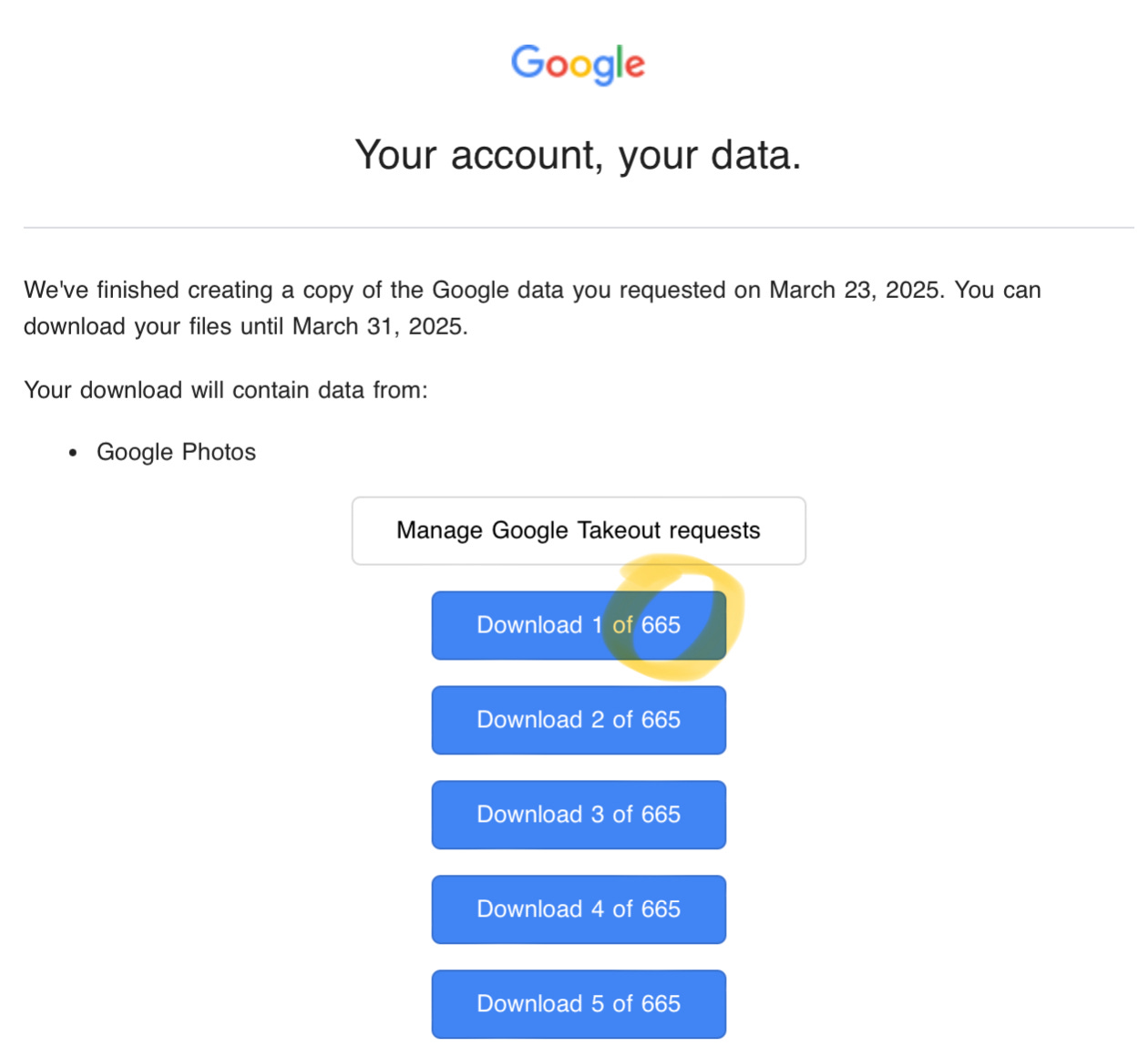Every Day I Wake Up With New Energy🎵
Optimizing Google Photos and its Memories Features
My mind tends to function forward and rarely in reverse. In StrengthFinder it’s a mix of Futuristic and Strategic. It’s a blessing and a curse. On the one hand, especially in areas of experience, I can recognize patterns and anticipate outcomes of success or failure. Other times I’m envisioning multiple steps required to reach a desired goal. It’s great for planning, completing tasks, and vision for life and work.
The same tendency’s weakness is reflection. Who has time for the past when the future’s ahead of us? That’s not to say I don’t take time to reflect or don’t value the past. I just have to be more intentional to create space for it because it’s not at the forefront of thought processes.
Enter Google Photos. About eight years ago we were lured into downloading the app on our smartphones with the promise of unlimited storage. We (mostly Jill, she would admit) have taken a TON of photos and video since then. I’m at about 60,000 and she may or may not have over 100,000 in cloud storage.
Of course, Google eventually removed the “un” from the service, but like iCloud (which I refuse to use because they ridiculously don’t offer annual plans) it’s so easy to set auto-upload and then confidently delete the images and video to clear up space on our devices.
But the best part of Google Photos is the time-based memories features. It’s one of just a handful of notifications I allow on my phone. Every day I get a look back at the same day from last year or years ago. This week’s gems were a pyramid pic from Mexico City (in the gallery below) and this little morning drive ditty:
The memories are a reminder for me to slow down, reflect, and cherish yesterday… even though, to quote Elliot, “It’s already gone.” It’s a digital product that prompts reflection on what’s important and enhances real world relationships.
As with every tech platform, there’s a trade off to use Google’s services. They say they don’t use photos for ads or targeting, but as outlined in their Privacy Policy they do scan photos for built-in search features and to hunt for illegal activity:
And we analyze your content to help us detect abuse such as spam, malware, and illegal content. We also use algorithms to recognize patterns in data.
But since I’m not doing anything illegal and I can turn off some of the pattern features, their access to my photos is worth it. To get the most out of the app and to protect my privacy as much as possible I modify settings on my device and app:


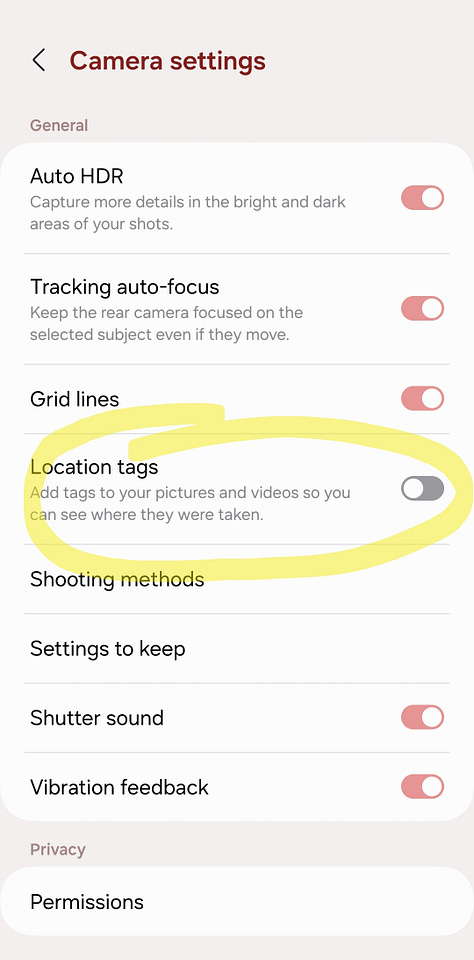
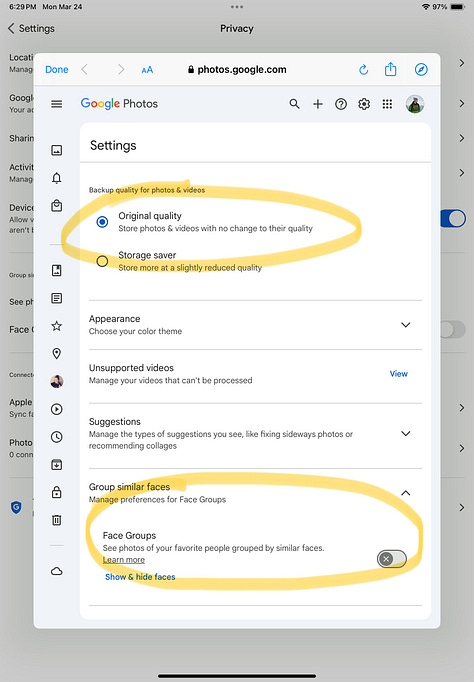
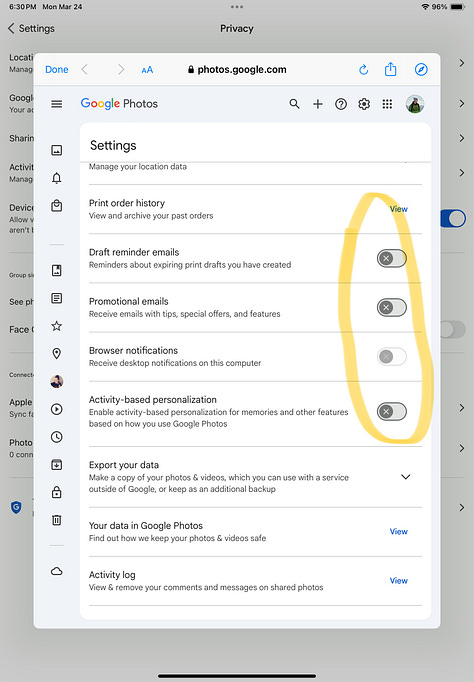

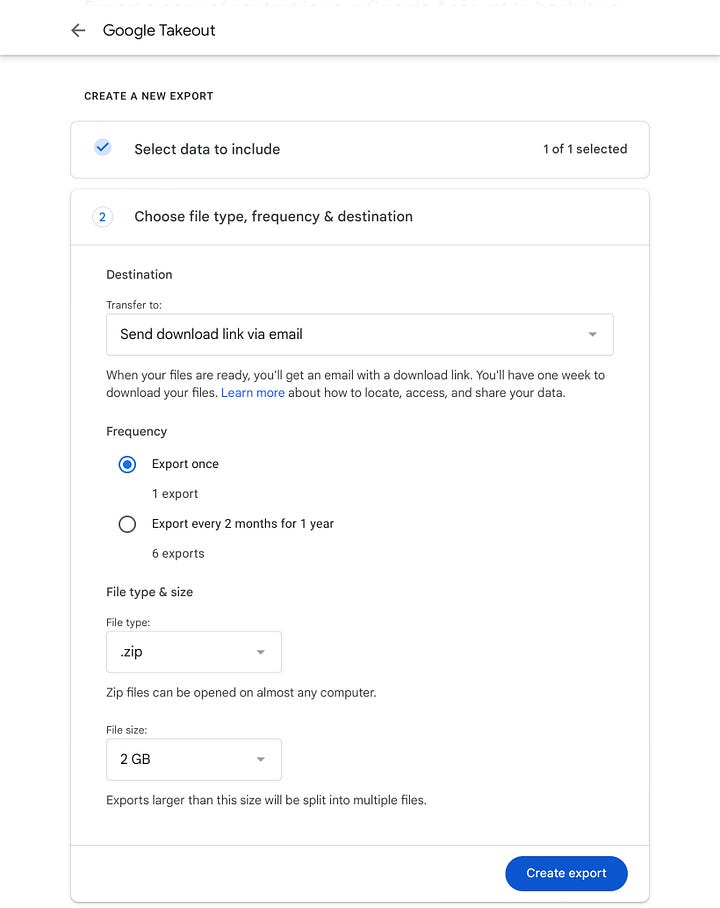
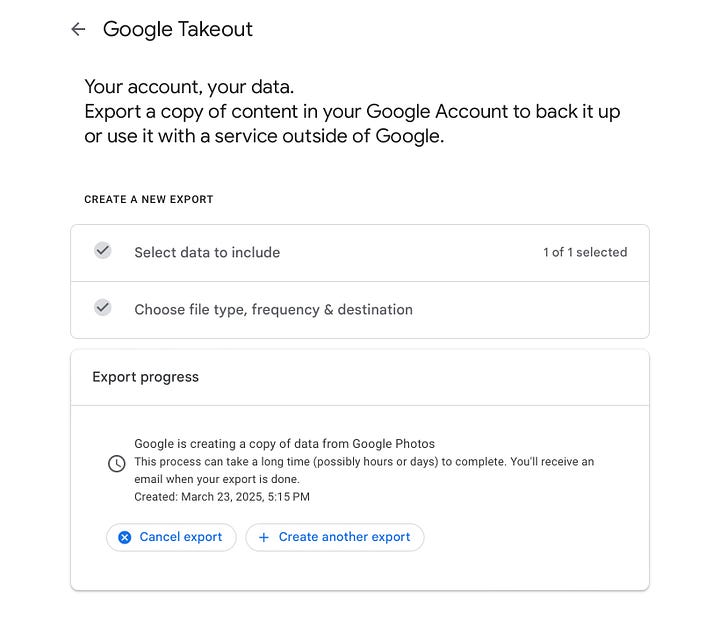
I start by turning off location metadata on my phone’s camera. It’s one less data point for Samsung and Google, and since a lot of photos are captured at home, I’d rather not embed location in photos and videos. Even when I uploaded screenshots on our iPad to Substack, I chose to turn off location in Gallery. Yes, Google knows where I live. It’s more about safety if my photos end up outside of Google.
I always save original quality photos. Since Google Photos is my primary backup, I don’t want lower resolution images in my archive. I turn off face groups, browser notifications, and personalizations. I turn on notification for time-based memories, themed memories, and photos shared with me.
Lastly, I just requested a full data download from Google Takeout so that I have a local copy of all my images and videos. The process is similar to what we experienced with Instagram before Jill deleted her account:
Unfortunately it’s the first time we’ve downloaded from Google Photos, so our gargantuan data collection amounts to hundreds of 2gb zip files.
Since digging deep into Big Tech’s influence on our lives and society for Driver’s Training for Social Media, I’ve certainly found a fair share of questionable practices, policies, and programs geared for profit. At the same time, it’s not all bad. Like we say in the course, so much of the online world is uplifting and rewarding:
Social media can enhance relationships, promote positivity, and bridge a gap of time and distance previously unimaginable.
Google Photos isn’t perfect. Google isn’t always looking out for our best interest. But when we’re in control, technology has the potential to better our lives and maybe even make the world a better place.
Postscript↓
To celebrate March Madness, we’ve lowered our “Behind the Curtains” subscription from $149 to $129 now through April 7th. Jill’s bracket is mostly busted, but Duke still has a chance to make her March Madness dreams come true.




